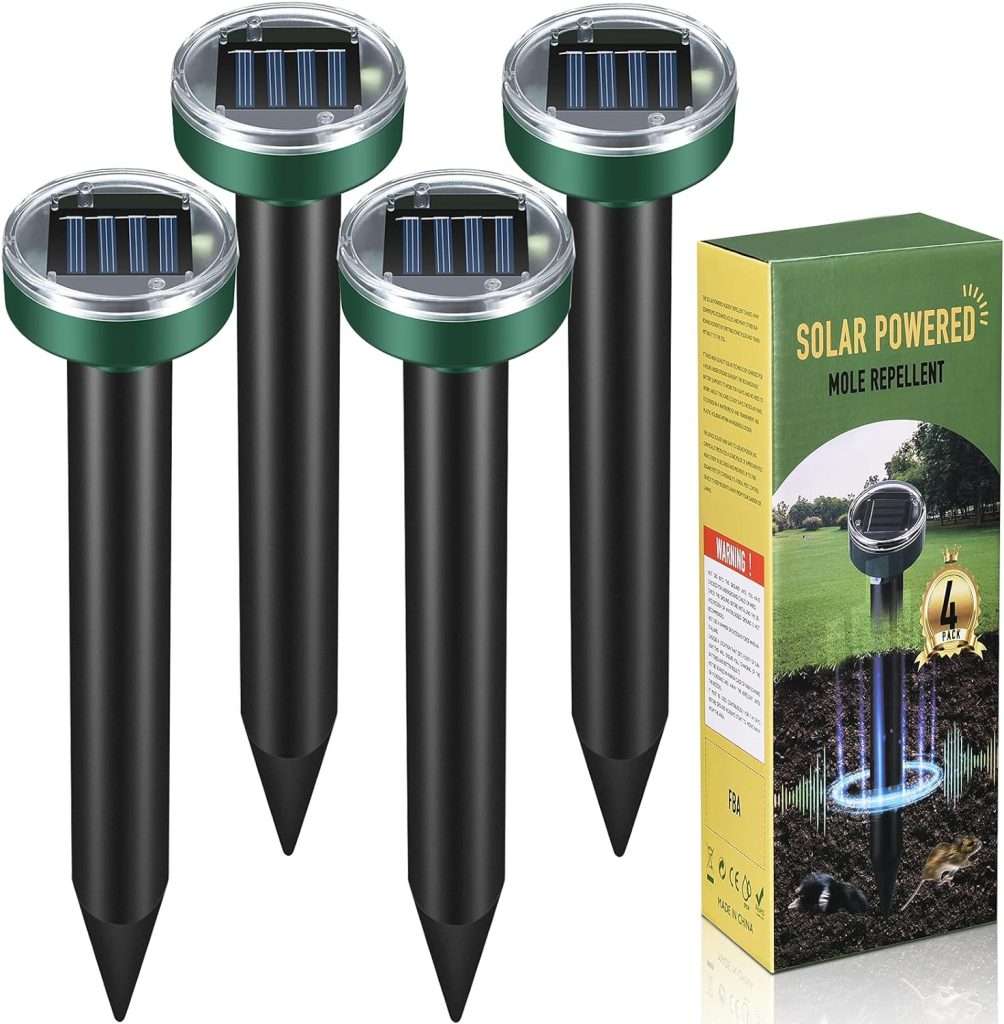Welcome to the beautiful gardening world, where vibrant blooms and fresh produce thrive under the nurturing touch of green thumbs Best Groundhog Repellent. But amidst this idyllic scene, a mischievous intruder can wreak havoc on your carefully cultivated oasis: the groundhog. These furry creatures may look adorable, but their appetite for destruction knows no bounds when it comes to munching on your prized plants.
Fear not, fellow gardeners! This blog post will delve into nature’s solutions to keep those pesky groundhogs at bay. We’ll explore the best groundhog repellents available and provide you with tips on how to use them effectively. So grab your gardening gloves and embark on a journey towards a pest-free garden!
Factors to Consider When Choosing a Groundhog Repellent
When choosing the best groundhog repellent, there are a few key factors to consider. First and foremost, you’ll want to assess the level of infestation in your garden. Is it just a lone groundhog occasionally appearing, or have they brought their extended family for a feast? This will help determine whether you need a mild deterrent or something more heavy-duty.
Another crucial factor is the safety of both your plants and the environment. Many commercial repellents contain harsh chemicals that can harm groundhogs and beneficial insects and birds. Opting for natural alternatives ensures that you’re doing your part in preserving biodiversity while safeguarding your garden.
Consider the ease of application as well. Some repellents come ready to use in spray bottles, while others may require mixing or installing devices like ultrasonic repellers or motion-activated sprinklers. Choose an option that fits seamlessly into your gardening routine without causing unnecessary hassle.
Budget is always an important consideration, too. Groundhog repellents range in price, so weigh the cost against effectiveness before making a purchase decision.
Remember, long-term sustainability. Look for repellents with lasting effects that won’t require frequent reapplication, saving you time and money in the long run.
By considering these factors when selecting a groundhog repellent, you’ll be well on your way to creating a pest-free sanctuary for your beloved plants!
Natural and DIY Groundhog Repellent Options
When keeping groundhogs out of your garden, several natural and DIY options can help protect your plants without using harmful chemicals or traps. These methods utilize ingredients and techniques that are safe for the environment and the animals.
One popular natural repellent option is strong-smelling substances such as garlic, onions, or hot peppers. Groundhogs have a sensitive sense of smell, so these pungent odors can effectively deter them from entering your garden. You can create a homemade spray by blending these ingredients with water and applying it around the perimeter of your garden.
Another DIY solution involves creating physical barriers to prevent groundhogs from accessing your plants. This could include installing fences or burying mesh wire around the perimeter of your garden to deter their digging habits. Make sure that any barriers you use are tall enough (at least 3 feet) and buried deep (12-18 inches) to discourage climbing or burrowing. View This Product.
Some people also swear by deterrents like predator urine or castor oil-based products. The scent of predators like foxes or coyotes can frighten groundhogs away, while castor oil disrupts their feeding patterns by making plants less appealing to them.
No single method will work perfectly for every situation, so finding what works best for you may take trial and error. Additionally, regularly reapply any repellents after rainstorms or heavy watering, as this will dilute their effectiveness.
By exploring these natural and DIY groundhog repellent options, you’ll be on track toward maintaining a pest-free garden without causing harm to the environment or wildlife! So go ahead and give them a try – happy gardening!
Tips for Using Groundhog Repellents Effectively
Using groundhog repellents can be an effective way to keep these pesky critters out of your garden. Here are some tips to help you get the most out of your chosen groundhog repellent:
- Follow the instructions: Groundhog repellents may have different application methods and recommended usage rates. Make sure to read and follow the instructions provided by the manufacturer carefully.
- Apply at the right time: It’s essential to apply groundhog repellents before any signs of damage or activity are noticed in your garden. This proactive approach can help deter groundhogs from entering in the first place.
- Reapply as needed: Many groundhog repellents must be reapplied regularly, especially after rain or heavy watering, as they may wash away over time. Keep a schedule and stay consistent with reapplication for best results.
- Use multiple deterrents: To increase effectiveness, consider combining deterrents such as scent-based products, physical barriers, and noise devices. This multi-pronged approach can create a more hostile environment for groundhogs and discourage them from returning.
- Maintain cleanliness in your garden: Groundhogs are attracted to areas with abundant food sources and shelter options like tall grasses or cluttered debris piles near gardens. Keeping your garden tidy by removing fallen fruits/vegetables and trimming vegetation can make it less inviting for these pests.
- Monitor results: Regularly inspect your garden for any signs of groundhog activity, even after applying repellents. If you notice any new damage or disturbances. It may indicate that adjustments need to be made in product selection or application technique.
Remember that while using a quality groundhog repellent is beneficial, it may not guarantee the complete elimination of these animals from your property; instead, its purpose is primarily focused on deterring their presence and minimizing potential damage they could cause to your garden.

